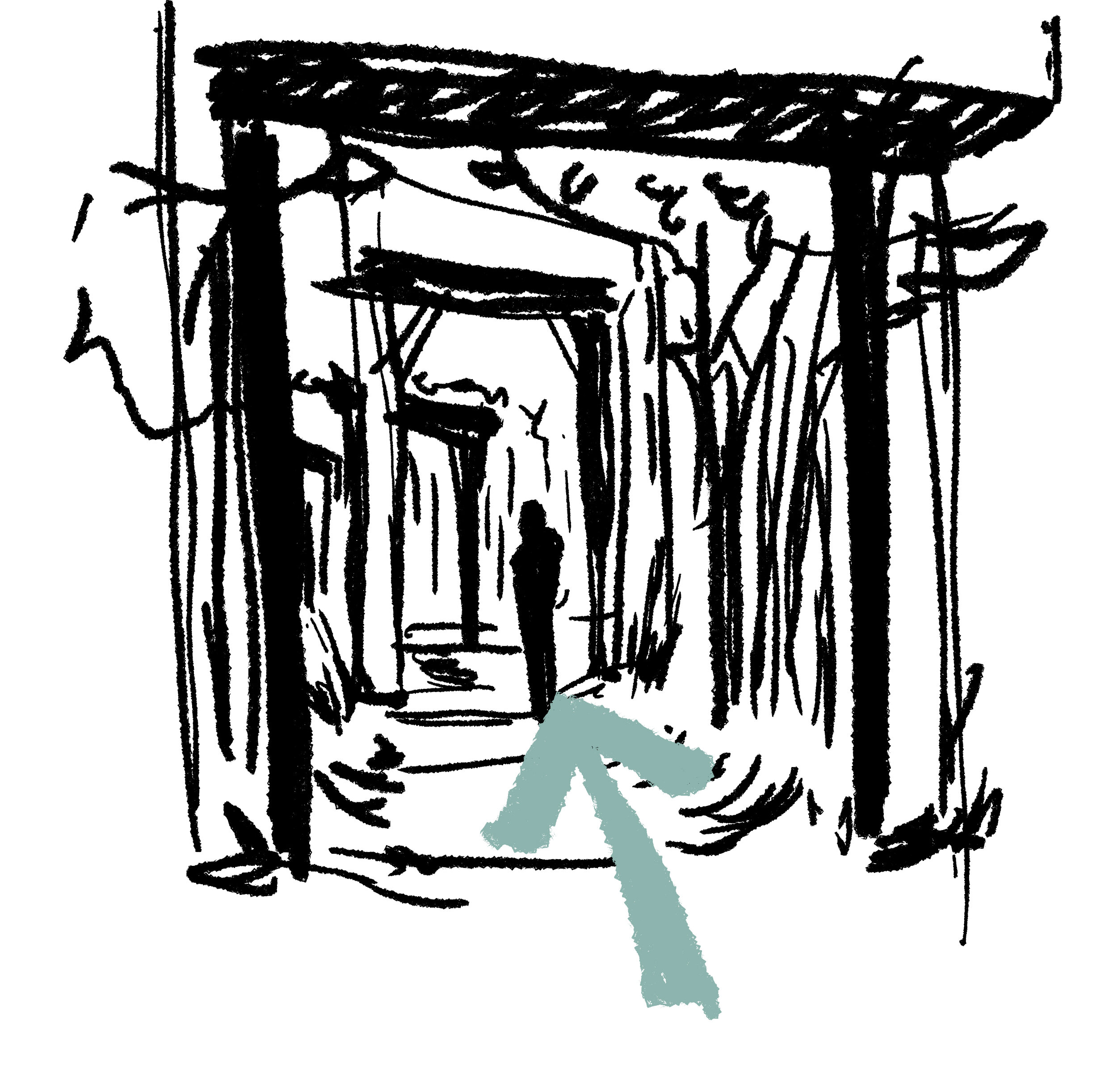Thanks to the great folks at CRC, my friends, professors, and incredibly helpful communities of game design and architecture, I was able to write a book about the cross section of those two interests. The book is meant to be a stepping stone for finding ways to look at architecture a little longer and expect more of the spaces designed for virtual environments than simply functioning as a boundary for playable space. We’ve seen great work in virtual spaces already, and I’d like to see what other fantastic ideas come out of new designers finding a variety of ways to drive narratives forward with spatial design.
If you are interested, the book is available here:
https://www.routledge.com/Virtual-Vernacular/Bonser/p/book/9780367002190
Key Features
Architectural theory is hard to navigate, and this approach is an accessible way to start learning it.
Learn more specifically how pop culture parodies these design theories.
Find ways to solve abstract design problems by using the built environment as a case study.
Learn about technical limitations on the built environment that visually impact the look and feel of spaces.
Each piece of architectural theory comes with abstracts and applications, which is a more organized and network-style way to teach an otherwise long-winded subject.
Learn to see the patterns and relationships in visual mediums and buildings as you push the boundaries of design. Sarah Bonser’s Virtual Vernacular breaks the barriers between architectural theory and game design.
The text explores the way in which architecture can convey history, culture, and emotion to occupants, audience members, and players. Divided into three sections, the text guides the reader on how to tackle creative problem solving and development strategy.




